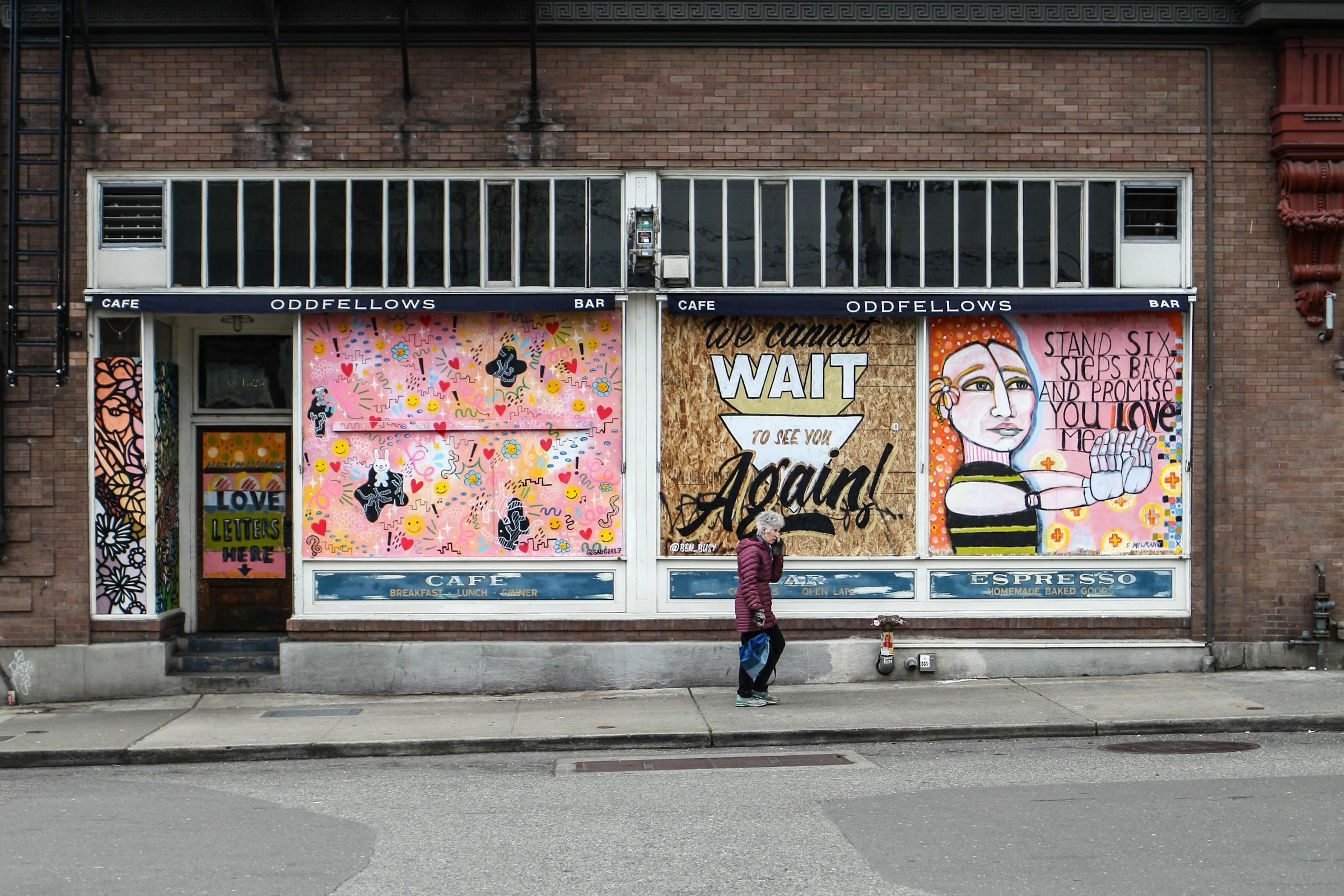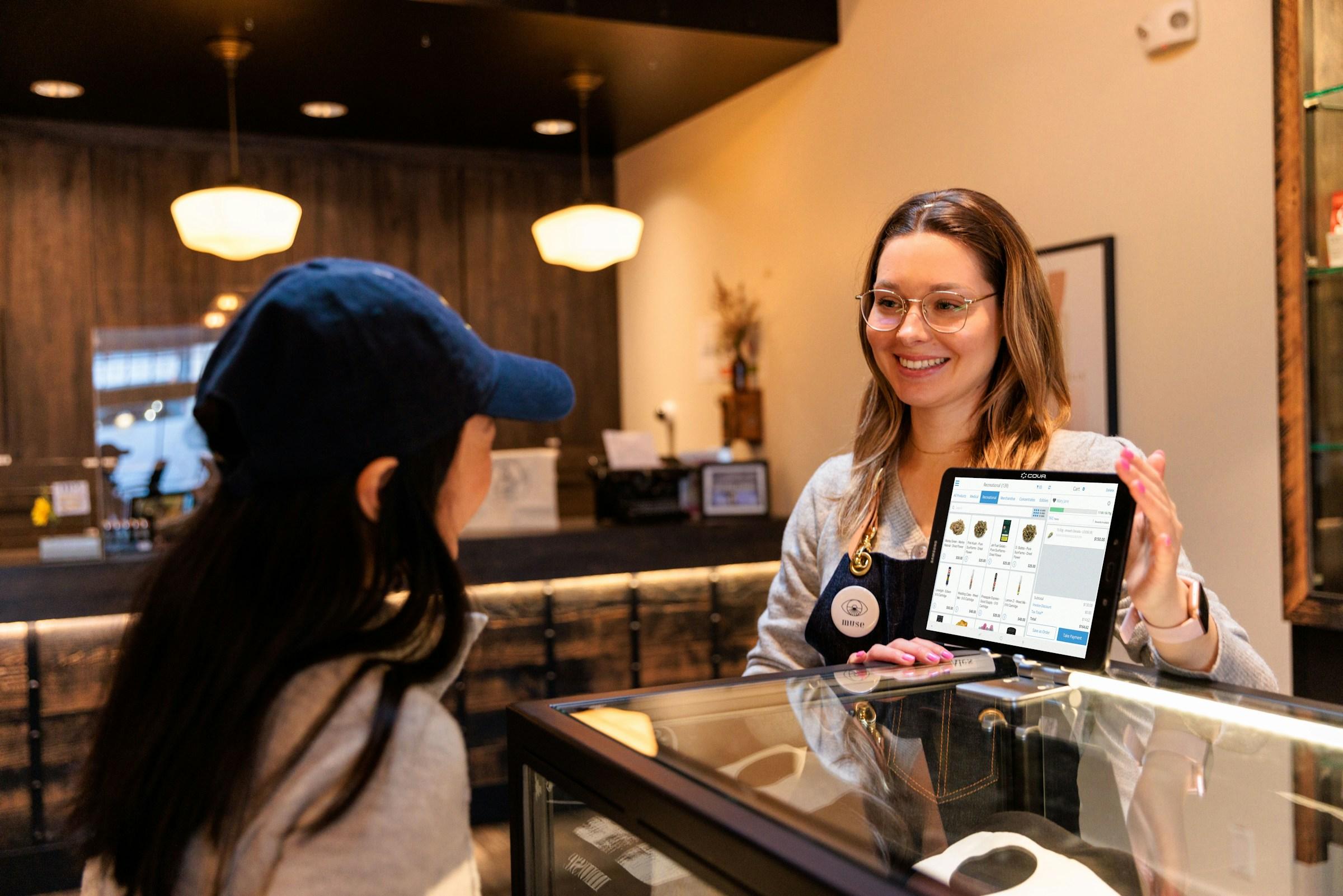I used to think representation in marketing was a moral checkbox that lived on a slide near the end of a deck. I thought it was a nice-to-have that could be tucked between brand values and CSR. Then I shipped a campaign that looked clean, tested well, and still felt hollow to the people we wanted to reach. The talent looked polished but generic, the script sounded global but came from nowhere, and the comments told us what the metrics would not. People liked the product. They did not trust the brand. That was the day I stopped treating representation as symbolism and started treating it as an operating system.
Representation in marketing is the practice of finding the truth of a product inside the lives of real people. It is not a collage of faces. It is not a token scarf in a fast cut. It is not a skin tone swap on an ad that still speaks in a foreign cadence. It is the decision to change the creative spine so that the camera, the pace, the setting, the copy, and the point of view belong to the audience you serve. When a mother in Johor hears the natural mix of Bahasa and English in your voiceover, she relaxes and listens. When a young woman in Riyadh sees styling that respects her norms rather than flirting with them for aesthetics, she stays. When a Chinese retiree in Bedok meets captions he can read without effort, he stops scrolling. These moments do not perform virtue. They reduce friction. They shorten the path between attention and trust.
Our team learned this by building a panel that looked nothing like a research agency brochure and everything like a founder’s early network. Five customers in each market. Different ages, languages, and devices. We listened to the plain details that shape daily life. Grocery runs at 7 p.m. School pickups that cut through the late afternoon. Friday prayers that reframe the workday. Salary week that changes how offers land. Free data hours that shift video behavior. Grandparents who forward WhatsApp videos and drive family adoption. Once these specifics became our guardrails, the creative changed without needing a bigger budget. The kitchen light replaced studio gloss. The script slowed where a father might scan a label. A screen recording switched to Malay so a first-time user could follow along. Subtitles were set to a size that did not feel like a chore. The brand stopped acting like a guest who wanted to impress and started acting like a host who knew the room.
The result was not fireworks. It was stability. Repeat usage climbed. Refunds fell. Support chats cooled. If you only chase spikes, you miss the real reward of representation, which is the quiet compounding of trust. It is the cohort that sticks, the feedback that gets honest, and the funnel that stops leaking in places you never measure. There is a commercial angle here that many teams ignore. Representation increases the surface area of relevance. When your creative matches the rhythm of someone’s life, you lower the cost of explaining yourself. Pre-qualification improves. The wrong customers stop self-selecting in. The right customers understand what you do by watching someone like them use it in a situation they recognise. This is not only brand love. It is conversion math.
Founders often fear tokenism, and they should. Tokenism is the cheapest costume in the room and people see through it in seconds. Real representation asks who holds agency behind the camera and in the edit. It asks who writes the line that will be quoted in group chats and who decides when silence says more than music. In Southeast Asia this shows up in small decisions. A Raya scene that is not just baju and ketupat but aunties sorting kuih, cousins in socks on cool tile floors, and a fan in the corner that never turns off. A hawker scene that lets the stallholder finish a sentence. A morning commute that includes motorbikes, school buses, and a quiet prayer squeezed into a busy day. In Saudi Arabia it may look like retail that centers families rather than individuals, and a checkout flow that respects privacy and payment habits. None of these choices are grand gestures. They are the difference between an aspiration and a life.
Representation does not mean leadership by committee. You still need a point of view that edits decisively. The work is to widen inputs, then choose with clarity. Make that a ritual rather than an emergency fix. Add a cultural pass before you lock the script. Keep it short and sharp. Ask two questions. Does anyone on this team feel unseen by this creative. Does any scene feel like we borrowed a vibe without understanding the rule behind it. If the answers are yes, fix it. If you have no one who can answer, fix the team. Hire the perspective you are missing. Contract it if you must. Pay for it. Credit it in public. Without this step, a brand will keep circling the same safe middle and wonder why the middle keeps shrinking.
A small story helped our team internalise this lesson. We cut a film about a young couple setting up a small home office. It looked sweet and safe. A junior producer pointed out that the power sockets were where an overseas mood board would put them, not where a tenant in a humid apartment would find them. She questioned the rug and a few props that made the space feel like a catalog rather than a place where people spill tea and charge their phones. Those corrections changed the set and the pacing. You would not praise them at a festival, but the right viewers noticed. The spot stayed in carts and seeded a tone we built on for the next twelve months.
There is a line between inclusive and scattered. You do not have to be everything to everyone in one ad. You need a yearlong system that touches key communities with depth and intention. Anchor the plan to the real calendar. Ramadan. Deepavali. Chinese New Year. Back-to-school periods that do not happen on the same day in every state. Salary cycles that change how and when people buy. Holiday windows that shift between regions. Build for a few moments deeply rather than all moments shallowly. If you cannot invest deeply, stay neutral. Neutral is honest. Pretend inclusion is not.
Early teams worry about cost. It can be expensive to relearn markets you think you know, and it can be wasteful to keep shouting into the wrong rooms. The lean version is straightforward. Write the script. Cut a rough with stock and a phone. Show it to five people who match your target. Listen without defending. Fix the parts where they stumbled. Leave the rest alone. As you grow, level up the loop. Build a small library of scenes, sounds, and captions that belong to your customers. Treat that library as onboarding for new creatives. It will guide better than any style guide because it is alive with context.
Inside the company, representation becomes a focusing mechanism. Once the brand sees that inclusion is not a side project, the debates that drain teams lose oxygen. Product stops explaining adoption gaps with long memos. Design stops polishing the same hero for yet another channel. Sales stops promising features nobody asked for. The organisation realises that the missing ingredient was not effort. It was recognition. When you give the market a moment of recognition, you earn permission. Permission turns attention into trial. Trial becomes habit when the product holds up and support does not make people feel small.
If I could advise my past self before that first cross-market sprint, I would say this. Do a listening sprint before a media sprint. Choose one scene to get right rather than five scenes to almost get right. Put someone in the room who can veto a lazy choice and back them when they use the veto. When you find a detail that makes your customers feel seen, document it and reuse it with care. Treat representation as infrastructure, not as a slogan that lives on a T-shirt. When the center of the story moves to where your customers live, small decisions change. The call to action reads like a nudge from a friend, not a billboard. The offer lands when cash flow is real. The testimonial sounds like a person your buyer would message for advice. That is when the brand begins to belong to the people who keep it alive.
Representation in marketing builds growth that lasts because it replaces guesswork with attention to lived reality. It turns a campaign into a conversation and a product into a relationship. It teaches a team to earn trust rather than demand it. Once you feel that shift, you do not go back to tidy universals. You keep building where people really live.














.jpg&w=3840&q=75)